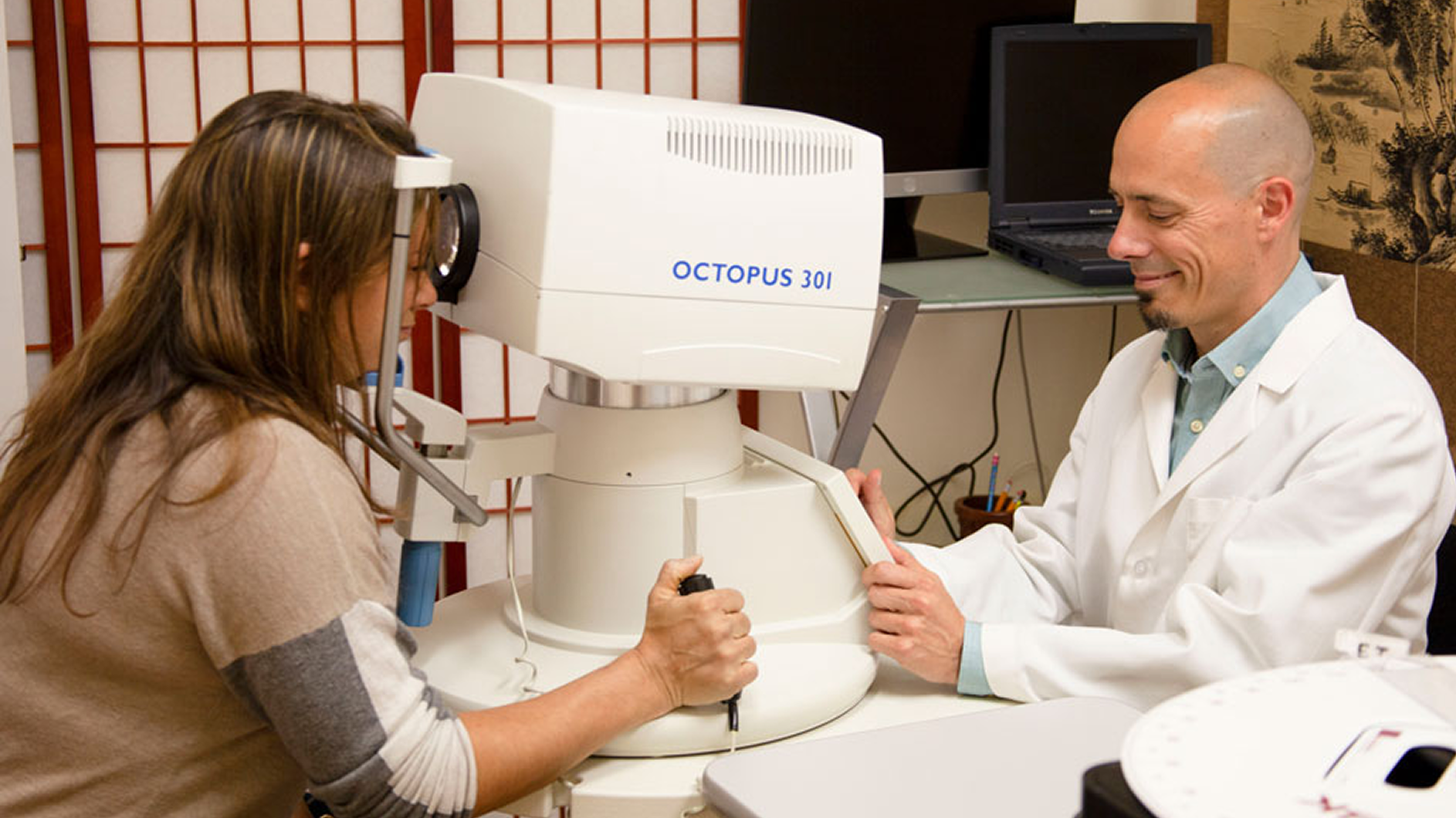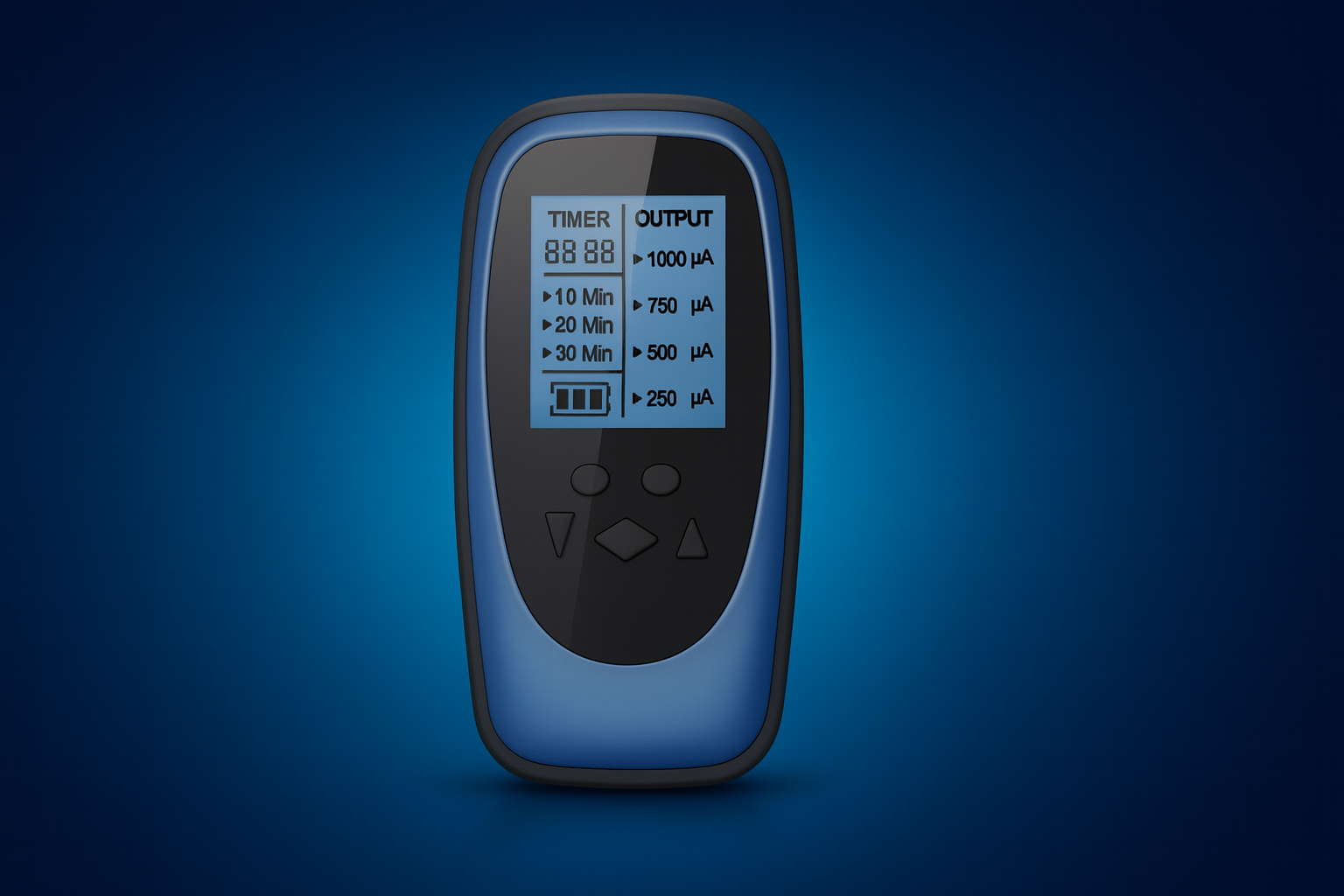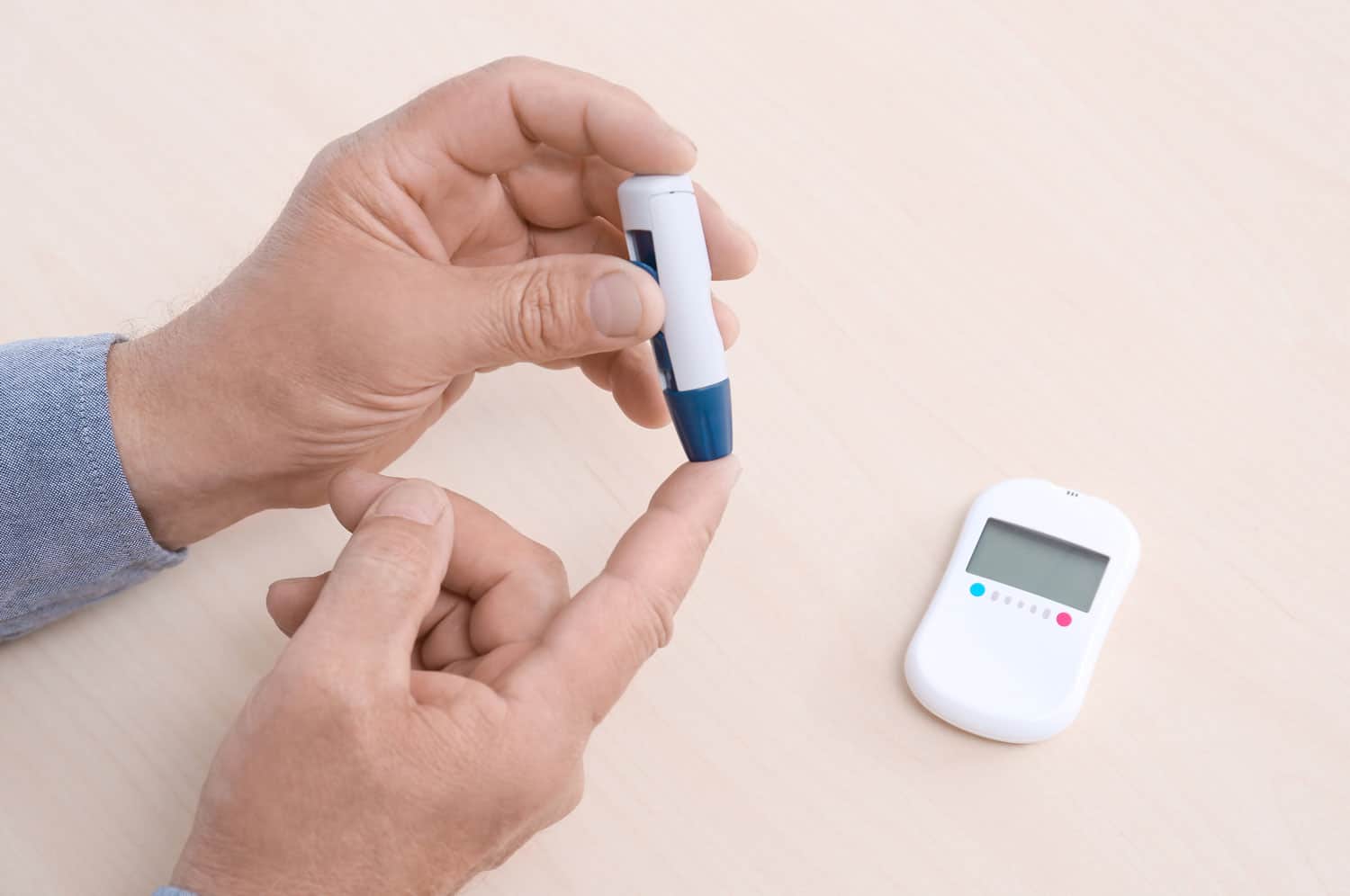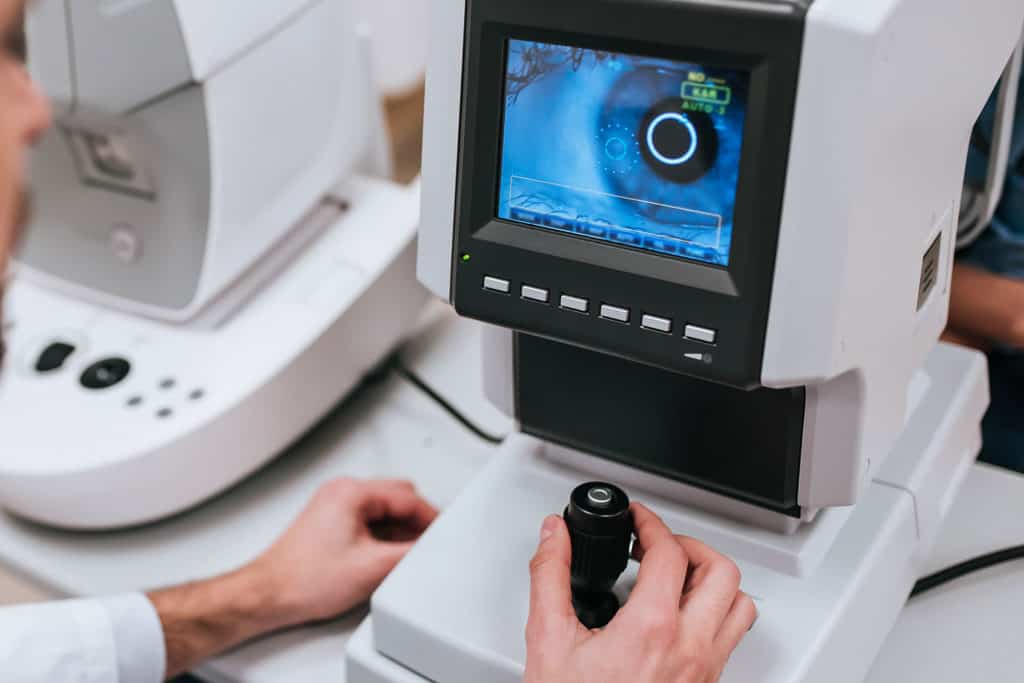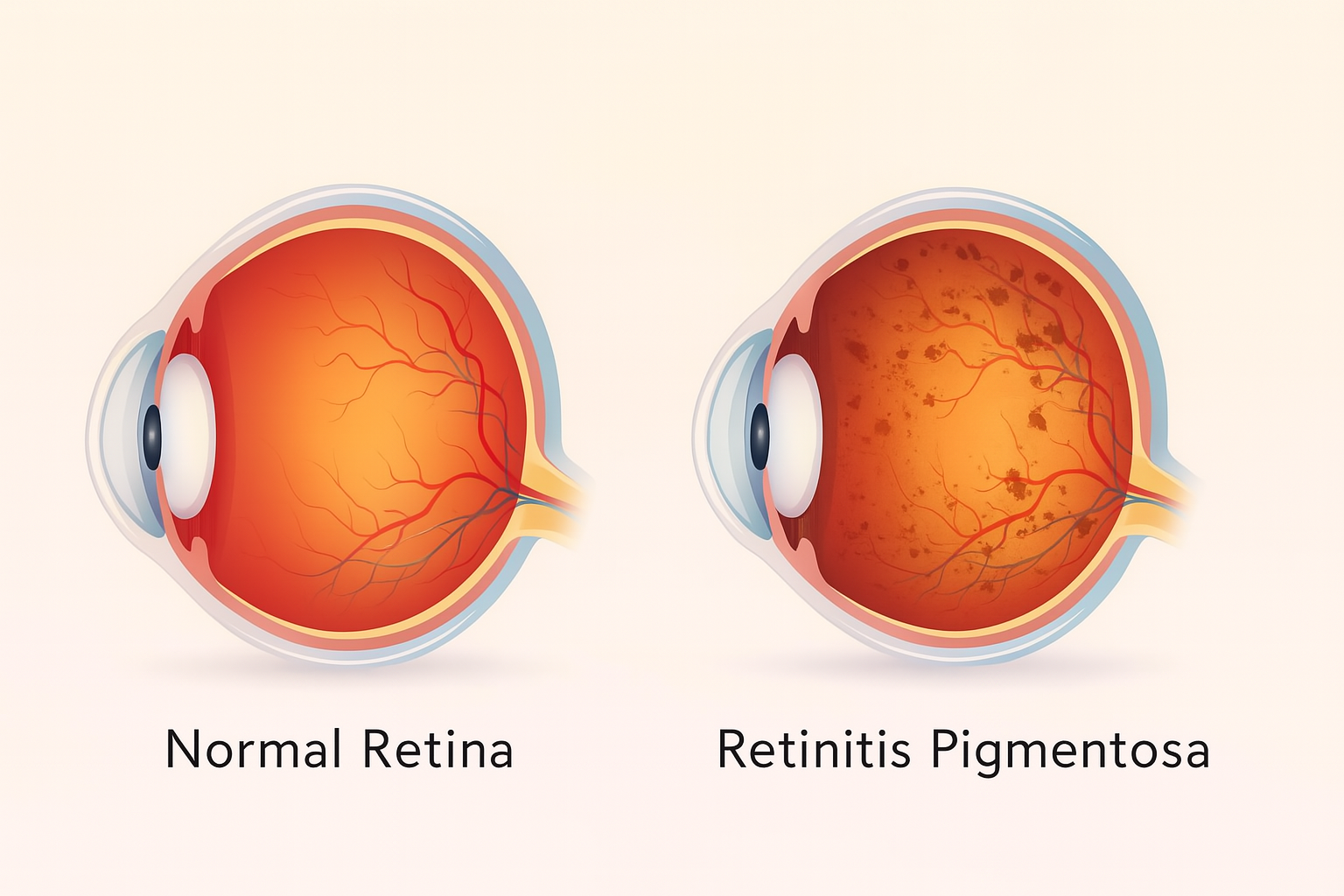Eye Condition
Retinal Tear
A retinal tear is a small rupture in the eye’s retina that can trigger sudden flashes or floaters and may progress to detachment if untreated.
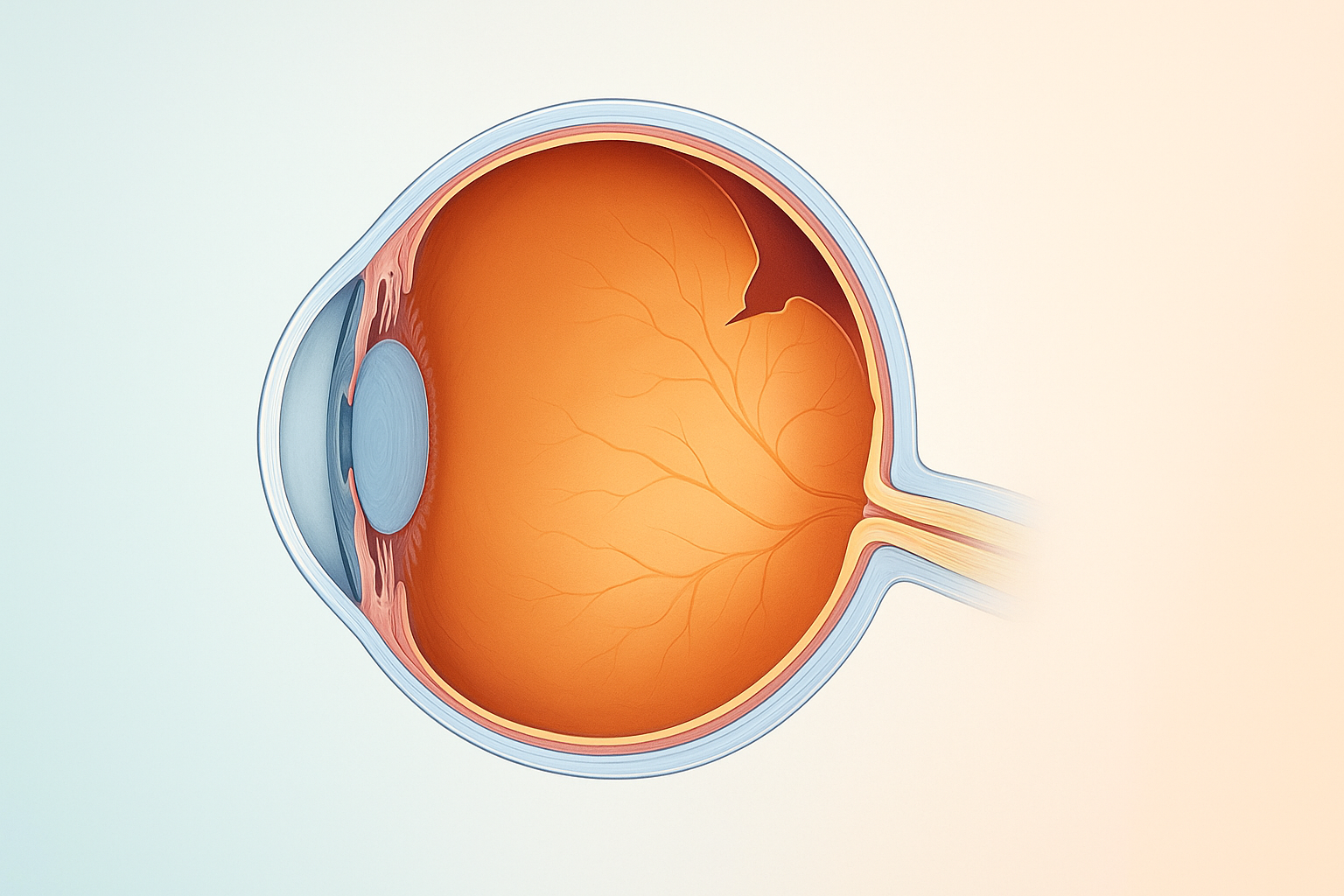
Explore our treatment options for Retinal Tear
What is a Retinal Tear?
A retinal tear is a serious eye condition where the retina, the light-sensitive layer at the back of the eye, develops a tear or hole. This can occur when the vitreous gel inside the eye shrinks and pulls on the retina with enough force to cause a tear. If left untreated, a retinal tear can lead to retinal detachment, a sight-threatening condition.
Symptoms of a Retinal Tear
- Sudden Flashes of Light: Brief flashes in the peripheral vision.
- New Floaters: Sudden appearance of many small, dark spots or lines in your vision.
- Blurred Vision: Decrease in visual clarity.
- Shadow or Curtain Effect: A shadow or curtain-like effect moving across your field of vision.
Causes and Risk Factors
Retinal tears can occur spontaneously but are more likely to happen under certain conditions:
- Aging: More common in people over 50 due to changes in the vitreous gel.
- Severe Nearsightedness: Higher risk in individuals with significant myopia.
- Eye Injury: Trauma to the eye can lead to a tear.
- Previous Eye Surgery: Procedures like cataract surgery can increase the risk.
- Family History: Genetic predisposition to retinal conditions.
Diagnosis
Prompt diagnosis is essential to prevent further complications such as retinal detachment. Our clinic offers advanced diagnostic services, including:
- Dilated Eye Examination: Detailed examination of the retina using specialized equipment.
- Optical Coherence Tomography (OCT): High-resolution imaging to detect tears and assess the retina.
- Ultrasound: Imaging to visualize the retina when the view is obstructed by blood or other factors.
As is the case with all acute-traumatic conditions the sooner you are able to start treatment the better!

